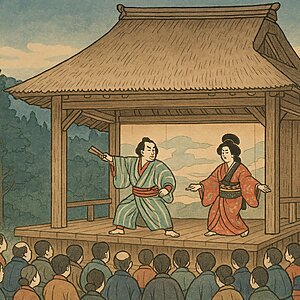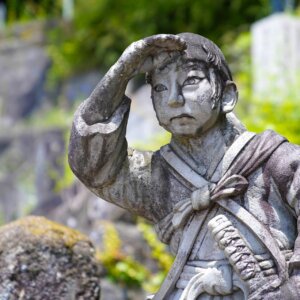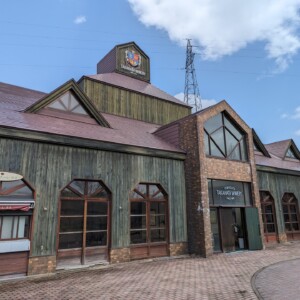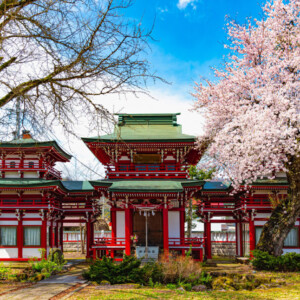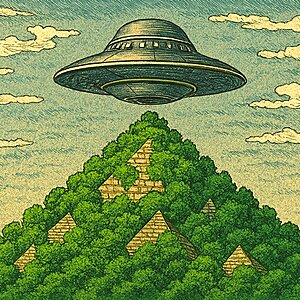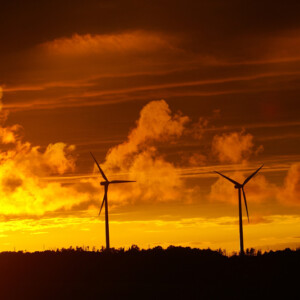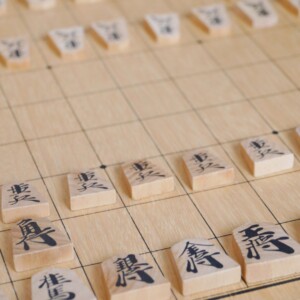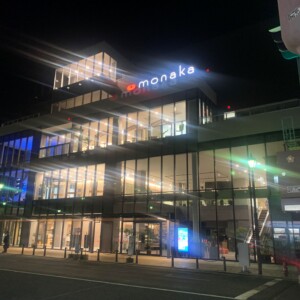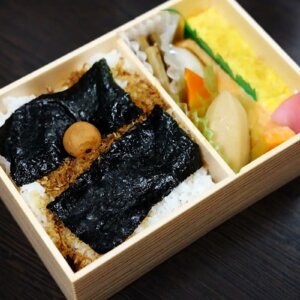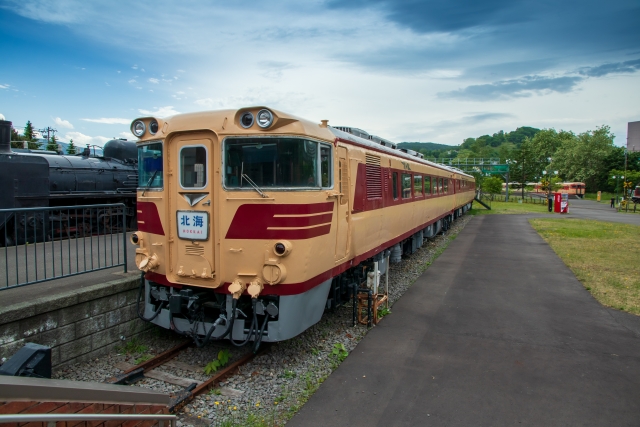
The Kiha 80 series diesel railcar made a major contribution to the construction of local express train networks
table of contents
- 1 Steam locomotives continued to play a major role on local railways even after the war
- 2 What is the Kiha 80 series?
- 3 The introduction of the mass-produced Kiha 82 series
- 4 Changes due to the advancement of electrification and the introduction of successor vehicles
- 5 The Kiha 80 series has finished its role
Currently, the JR lines in the Tohoku region operate Shinkansen and conventional express trains connecting cities,
but before the 1960s, the current express train network was not widespread across Japan, not just in the Tohoku region.
From the 1960s, many express trains began to appear on the main trunk lines of the Japanese National Railways (the predecessor of JR), and express trains began to run not only to major cities but also to regional cities.
Kiha 80 series diesel railcar we will be looking at today made a huge contribution to the expansion of JNR's express trains .
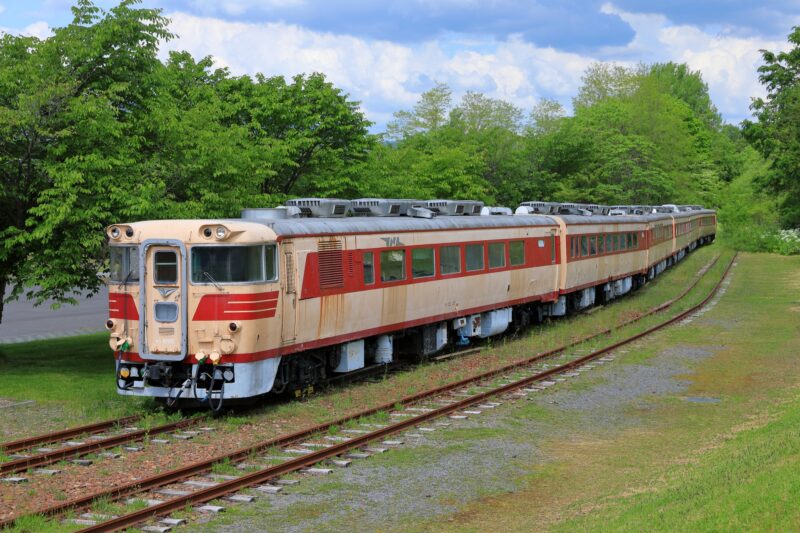
Steam locomotives continued to play a major role on local railways even after the war
The " Kiha 80 series diesel railcar " is a diesel railcar for express trains developed by the Japanese National Railways.
It is also the first vehicle in the "diesel railcar for express trains" category for the Japanese National Railways.
To understand what was so revolutionary about the Kiha 80 series, it is necessary to explain the background to its introduction.
Japan's railways, which opened in 1872, steam locomotives pulling passenger cars.
Steam locomotives burn coal to evaporate water, which then drives the wheels with the steam.
there were drawbacks, such as the smoke emitted by steam locomotives becoming trapped in tunnels and the inefficiency of steam engines in extracting energy from coal.
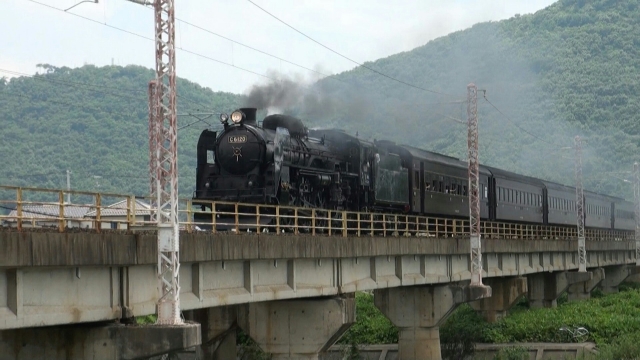
That's where electric locomotives and trains came in.
As the name suggests, these are vehicles that run on electricity.
Naturally, they don't emit smoke like steam locomotives, so the fact that passengers and crew aren't covered in smoke was a significant advantage. What's
more, the output of their motors far exceeded that of steam engines, so they also had superior running performance.
Like steam locomotives, electric locomotives are vehicles used to pull passenger cars and freight cars without power.
On the other hand, electric trains are
self-propelled passenger cars Electric trains have motors installed in multiple cars within their formation, and compared to trains pulled by locomotives, they have the advantage of superior acceleration and hill-climbing performance, and are lighter than locomotives, so they put less strain on the rails.
When written like this, it seems like electric trains have many advantages, but the problem is that they cannot run without equipment to transmit electricity from an external source.
In the 1950s, before the Kiha 80 series was introduced, only a limited number of JNR lines were "electrified" so that electric trains and locomotives could run on them.
Even the electrification of the Tokaido Main Line (between Tokyo Station and Kobe Station), which is said to be the most important trunk line, was not completed until 1956.
As for what kind of rolling stock was used on non-electrified lines, steam locomotives continued to play a central role.
the first limited express train in the Tohoku region, the "Hatsukari" , which appeared in 1958, was a train in which a steam locomotive pulled passenger cars.
This was despite the fact that the "Kodama" limited express train (between Tokyo Station and Osaka/Kobe Station), which also appeared on the Tokaido Main Line in 1958, used the latest electric train, the 20 series (later renamed the 151 series).
What is the Kiha 80 series?
In the 1950s, even express trains in the Tohoku region were operated by steam locomotives because the area was not electrified, but electrification of the lines was not something that could be done immediately.
Therefore, the Japanese National Railways decided to introduce diesel railcars for express trains .
Diesel railcars are a type of vehicle that "runs on its own fuel," so like steam locomotives, they can run on non-electrified lines.
As they are "self-propelled passenger cars," they are superior to steam locomotives in terms of acceleration and hill-climbing performance, just like electric trains.
Furthermore, the Japanese National Railways had already developed diesel railcars for semi-express trains on non-electrified lines and achieved good results.
Therefore, in order to operate modern express trains on non-electrified lines, the Kiha 80 series diesel railcar was developed as a
diesel railcar for express trains In 1960, a total of 26 cars were manufactured, including two 9-car prototypes and eight spare cars.
are sometimes called
the Kiha 81 series to distinguish them from mass-produced cars The shape of the front car of the Kiha 81 series was different from the mass-produced Kiha 82 series, and had a very distinctive bonnet style. It
is commonly known as Bulldog
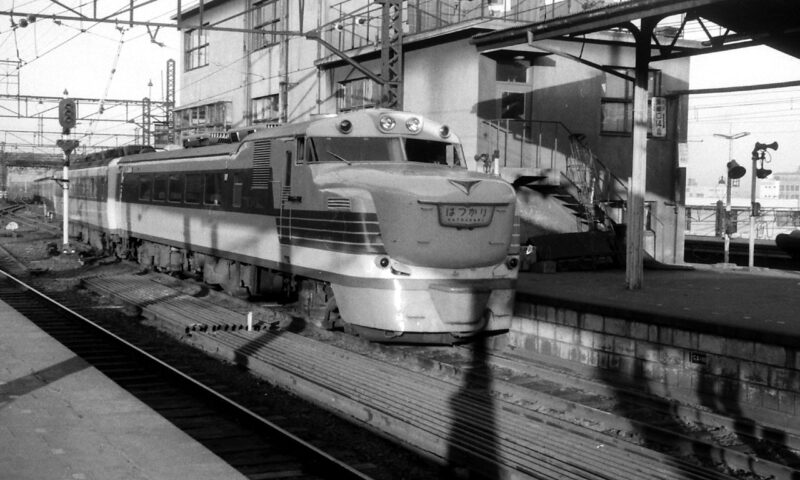
Author: vvvf1025 , CC BY-SA
3.0 https://commons.wikimedia.org/w/index.php?curid=30760192
The Kiha 81 series made its debut in December 1960 on the "Hatsukari" service, which ran between Ueno Station in Tokyo and Aomori Station in Aomori Prefecture via the Joban Line (via Taira Station in Fukushima Prefecture, now Iwaki Station).
For this reason, it is also known as the "Hatsukari type."
Although the Kiha 81 series attracted a lot of attention, it was plagued by initial malfunctions such as frequent engine troubles and the air conditioning and heating shutting down.
The number of problems was so great that it was mocked as a train full of disappointing accidents
However, after overcoming its initial malfunctions, the Kiha 81 series performed just as expected.
During the steam locomotive era, the Hatsukari took 12 hours to travel from Ueno Station to Aomori Station, but by October 1961, about a year after the Kiha 81 series was introduced, the time had been reduced to 10 hours and 25 minutes.
In addition to being faster than the steam locomotive era, the new Hatsukari was also fully equipped with air conditioning and heating, making it an even more popular train than before.
The introduction of the mass-produced Kiha 82 series
Before the timetable revision in October 1961, the only express train in the Tohoku region was the Hatsukari, which ran one round trip per day.
Express trains were the main means of long-distance travel.
However, with the timetable revision in October 1961, a large number of Kiha 82 series trains were introduced across the country, and many express trains were introduced.
The Kiha 82 series is a mass-produced vehicle that was an improved version of the Kiha 81 series.
It is also called the "Swan type" after the name of the first train introduced.
The "Kiha 80 series," which is the title of this article, is a collective term for the prototype Kiha 81 series and the mass-produced Kiha 82 series.

The limited express trains introduced in this revision, including only those passing through the Tohoku region, are as follows:
- Shiratori: Osaka Station to Aomori Station via the Hokuriku Main Line, Shinetsu Main Line, Uetsu Main Line, Ou Main Line, etc. (via Kanazawa, Toyama, Naoetsu, Sakata, and Akita)
- Tsubasa: Ueno Station to Akita Station via the Tohoku Main Line and Ou Main Line (via Fukushima and Yamagata)
- Hibari: Ueno Station to Sendai Station via the Tohoku Main Line (via Fukushima)
As of the timetable revision in October 1961, the express train network in the Tohoku region was as shown in the diagram below.
It's a
world of difference from the days when only the "Hatsukari" was available With the introduction of the Kiha 82 series, this same phenomenon was occurring in the Hokuriku, San'in, and Kyushu regions as well.
The Kiha 82 series also suffered from early failures, and was even mocked as
Dying Swan Because early failures were expected to some extent, the cars that were originally intended for the "Hibari" were used as spare cars for other express trains.
Therefore, although the timetable for the "Hibari" was set in October 1961, it was not actually put into operation until April 1962.
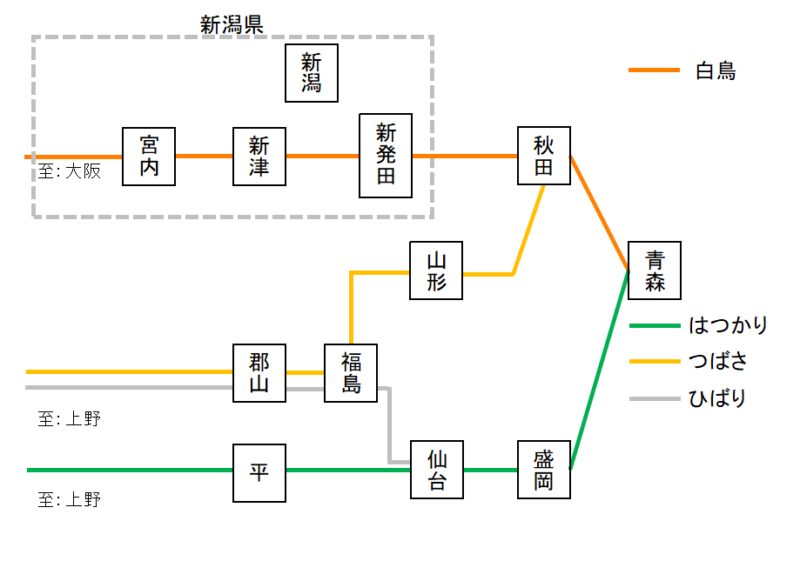
When the "Hakucho" first appeared, the trains connecting Osaka Station and Aomori Station and the trains connecting Osaka Station and Ueno Station were coupled together between Osaka Station and Naoetsu Station in Niigata Prefecture. Later,
only the trains departing and arriving at Osaka Station remained as "Hakucho," and the trains departing and arriving at Ueno Station were separated into "Thunderbird," which runs between Osaka Station and Toyama Station, and "Hakutaka," which runs between Ueno Station and Kanazawa Station.
In December 1963, a new Tsubasa train was added that ran between Ueno Station and Morioka Station via the Tohoku Main Line, and between Ueno Station and Fukushima Station, it was coupled with a train departing from and arriving at Akita Station.
Furthermore, in October 1964, the "Yamabato" was introduced, connecting Ueno Station and Yamagata Station via the Tohoku Main Line and Ou Main Line.
A year later, in October 1965, a train was added to the "Yamabato" that connected Ueno Station and Aizu-Wakamatsu Station in Fukushima Prefecture via the Tohoku Main Line and Ban'etsu West Line, and these trains began to run coupled between Ueno Station and Koriyama Station.
Below is a list of all the trains that have appeared so far.
However, as will be explained later, Hibari and other trains were replaced by electric trains in October 1965, so not all of the trains in the diagram below were operated by Kiha 80 series trains at the same time.
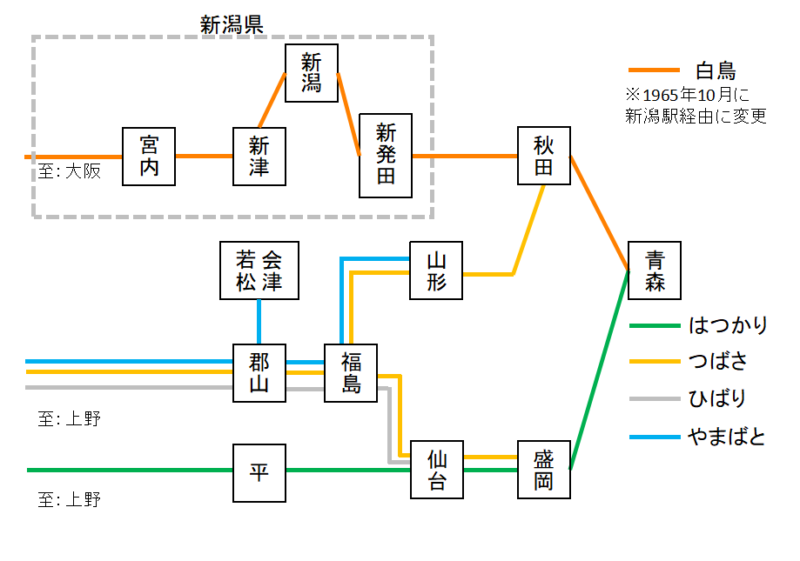
Changes due to the advancement of electrification and the introduction of successor vehicles
After the introduction of the Kiha 80 series, progressed
on major trunk lines such as the Tohoku Main Line and Joban Line the 485 series, a representative limited express train from the JNR era, also appeared in 1968.
express diesel car, the Kiha 181 series appeared in 1968.
With the advancement of electrification and the introduction of successor cars, the Kiha 80 series' field of use changed.
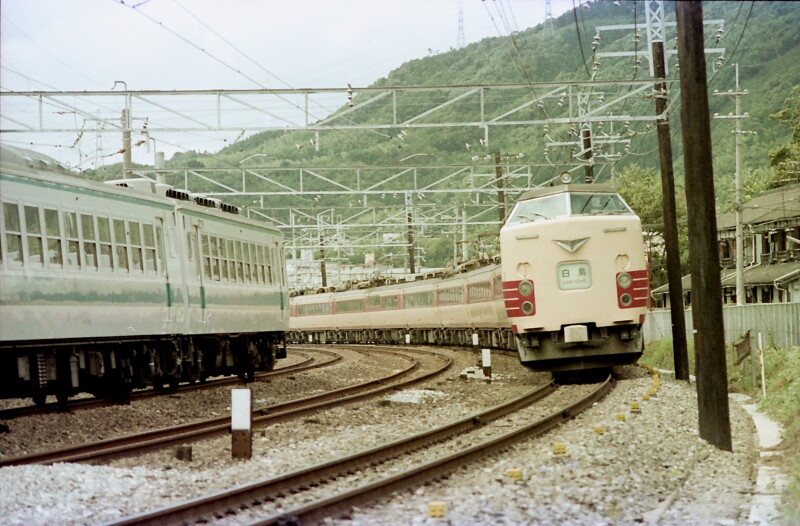
Author: Gohachiyasu1214 – Own work, CC BY-SA 4.0,
via https://commons.wikimedia.org/w/index.php?curid=123866005
First, in October 1965, the "Hibari" and "Tsubasa" trains departing and arriving at Morioka Station were replaced with 483 series electric trains.
At the same time, the "Tsubasa" trains departing and arriving at Morioka Station were renamed "Yamabiko.
" Also, the "Shiratori" train was changed to stop at Niigata Station on the way.
The history of the "Hibari" is briefly described in the article below.
In September 1968, the Hatsukari was replaced with the 583 series train.
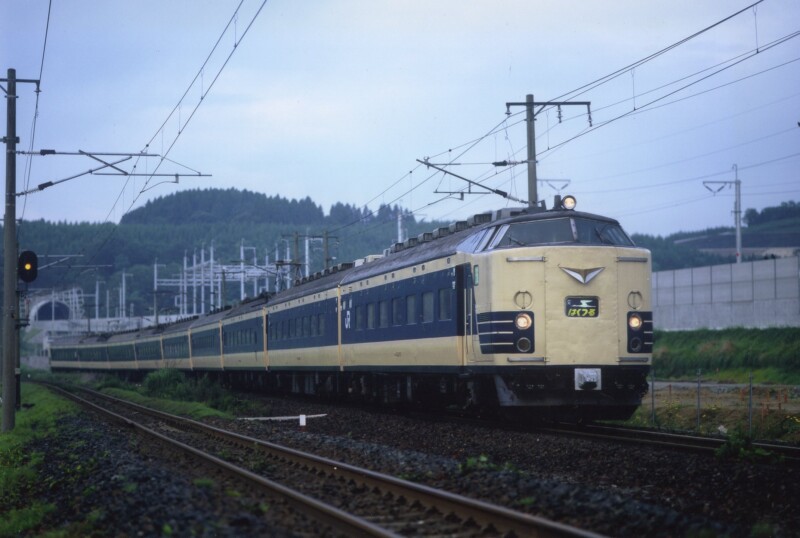
The following October, the "Yamabato" was also replaced with a 485 series electric train, and the trains departing and arriving at Yamagata Station and Aizu-Wakamatsu Station were operated separately, with the latter renamed "Aizu."
At the same time, the "Hatsukari" (which had already been replaced with a 583 series electric train) was changed from running via the Joban Line (via Taira) to running via the Tohoku Main Line (via Fukushima).
The bulldog-faced Kiha 81 series, which had been withdrawn from the "Hatsukari" service on which it had been active since its debut, was assigned to the "Tsubasa" service for a year, and then began operating as a new limited express train from October 1969. The
Inaho connects Ueno Station and Akita Station via the Joetsu Line, Uetsu Main Line, etc. (via Takasaki, Nagaoka, and Sakata) Hitachi limited express service on the Joban Line connects Ueno Station and Taira Station .
The Kiha 81 series first operated as the "Inaho" train from Akita to Ueno, arriving at Ueno Station in the evening and
then immediately continuing to Taira Station as the "Hitachi." The next morning, it returned to Ueno Station as the "Hitachi," and in the afternoon it returned to Akita Station as the "Inaho."
This completes the introduction of the trains that have been introduced with the Kiha 80 series in the Tohoku region.
If we plot them all in the diagram below, it will look like this
(as mentioned above, there was no time when all the trains in the diagram below were operated with the Kiha 80 series at the same time).
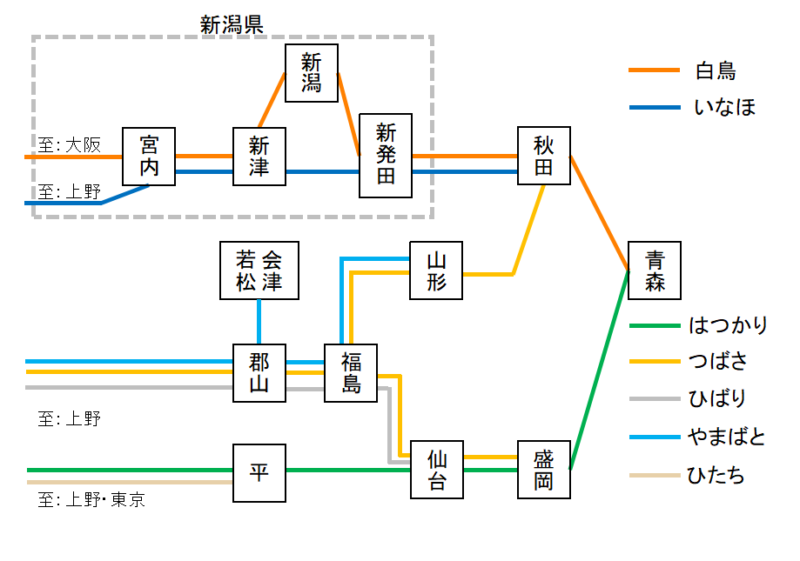
For reference, the diagram below shows the current JR express network, including the Shinkansen.
Before the introduction of the Kiha 80 series, the JNR express network consisted only of the "Hatsukari" service, but after the introduction of the Kiha 80 series, it became comparable in scale to the current express network.
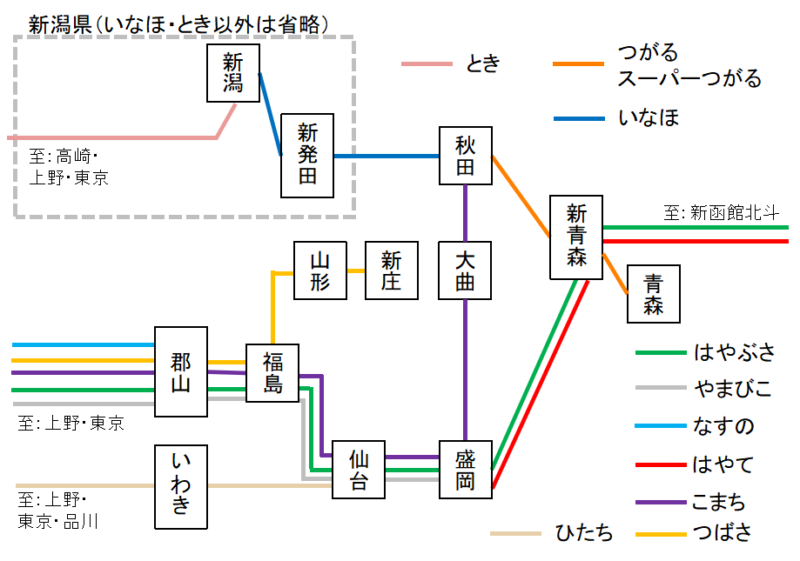
The Kiha 80 series has finished its role
In February 1970, the Tsubasa was replaced by the Kiha 181 series diesel railcars.
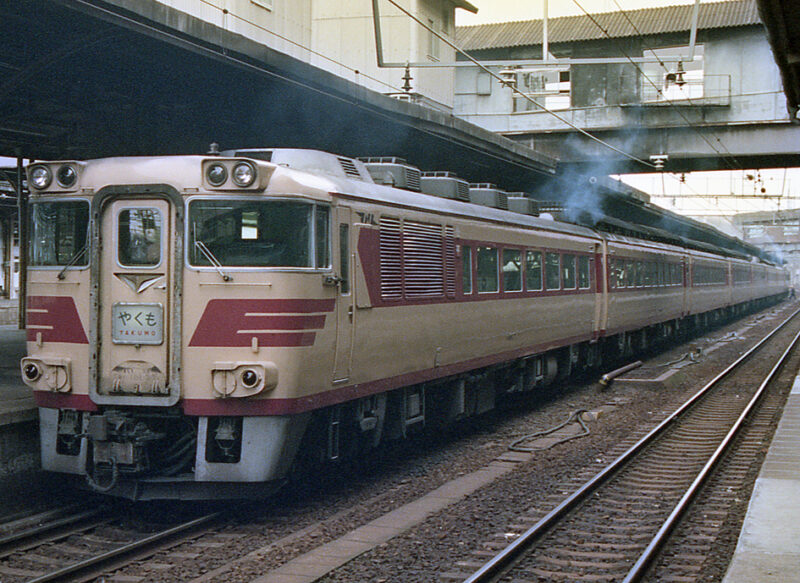
Author: Spaceaero2 - Photographed by himself, CC Display-Inheritance 3.0,
by https://commons.wikimedia.org/w/index.php?curid=2002979
In October 1972, the Shiratori, Inaho, and Hitachi trains were replaced with the 485 series electric trains.
The Kiha 80 series, which debuted in the Tohoku region, ended its service life of just under 12 years, and its engine sounds disappeared from the region.
The vehicles that had been used in the Tohoku region were mainly transferred to Hokkaido, Kinki, San'in, and Kyushu.
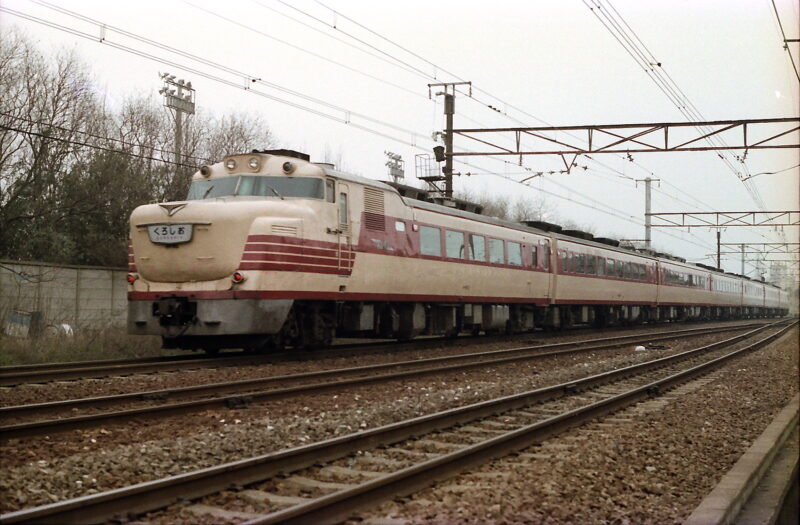
Author: Gohachiyasu1214 - Own work, CC BY-SA 3.0.1.1 https://commons.wikimedia.org/wiki/File:%E9%98%AA%E5%92%8C%E7%B7%9A1978-14.jpg
However, in other regions too, they were replaced by express trains and successor diesel railcars, and after the launch of JR in 1987 , they ceased operation as regular (daily) trains in 1992.
Special train operation also ended in 1995 .
JR Hokkaido and JR Central operated Joyful Trains (now commonly referred to as tourist trains) that were modified from the Kiha 80 series, but these also ceased operation by 2002.
Without vehicles like the Kiha 80 series, the only way to expand the JNR express train network would have been to wait for the electrification of the lines, and express trains would have run to regional areas much later than in history. The
Kiha 80 series, which made such a great contribution, has many actual vehicles preserved, mainly in Hokkaido.
, a single Kiha 82 series lead car is quietly spending its final days aboard the Seikan Ferry Memorial Ship Hakkoda Maru in Aomori City
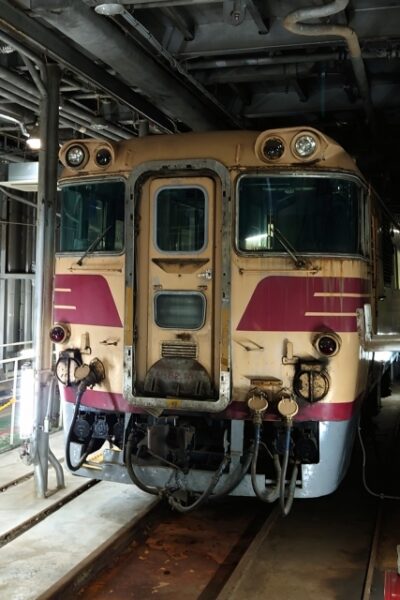
Information <Seikan Ferry Memorial Ship Hakkoda Maru>
- Name: Seikan Ferry Memorial Ship Hakkodamaru
- Address: 1-112-15 Yanagawa, Aomori City, Aomori Prefecture
- TEL 017-735-8150
- Opening hours: Summer 9:00-7:00, admission is open until 6:00 (April 1st to October 31st)
Winter 9:00-5:00, admission is open until 4:30 (November 1st to March 31st) - Closed: December 31st, January 1st, and the second week of March, Monday to Friday
- Official website Seikan Ferry Memorial Ship Hakkodamaru


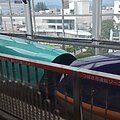



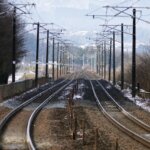


![Yurihonjo City, where Honjo, Kameda and Yajima domains were intersected between the Kubota and Shonai domains [Akita Prefecture] FF2C8AAA4350E7E179F97F97B38B3A2302F-1](https://jp.neft.asia/wp-content/uploads/2024/04/ff2c8aaa4350e7e179f97f38b3a2302f-1-150x150.jpg)
![[Zao Town, Miyagi Prefecture] The emerald green “Okama” is an exploding crater lake! Experience the power of life and death Zao pot](https://jp.neft.asia/wp-content/uploads/2018/09/24424765_m-150x150.jpg)
![What kind of route was the Konan Railway Owani Line, which was effectively decided to abolish it? [Aomori Prefecture] 31403627_m](https://jp.neft.asia/wp-content/uploads/2025/02/31403627_m-150x150.jpg)
![[Miyagi Prefecture during the Boshin War] What was the decision of the Sendai domain, the great domain of Ou? 4370191_m](https://jp.neft.asia/wp-content/uploads/2022/06/4370191_m-150x150.jpg)
![[Akita Prefecture during the Boshin War] What were the decisions of the Kubota, Kameda, Honjo, and Yajima domains? 24115050_m](https://jp.neft.asia/wp-content/uploads/2022/06/24115050_m-150x150.jpg)
![The history of Oishida Town, which was booming in the Edo period due to boat transport on the Mogami River [Yamagata Prefecture] 1175451f31c534cbfa82d5a13f2fd3a3](https://jp.neft.asia/wp-content/uploads/2023/05/1175451f31c534cbfa82d5a13f2fd3a3-150x150.jpg)
![[Series ④: The role of the previous nine years and the role of the second three years] Mr. Kiyohara's participation in the war completely changed the flow of the role of the previous nine years 1000310_m](https://jp.neft.asia/wp-content/uploads/2023/11/1000310_m-150x150.jpg)
![The foundation of Akita City is the castle town of Kubota Castle, created by Satake Yoshinobu [Akita Prefecture] Yoshinobu Satake](https://jp.neft.asia/wp-content/uploads/2024/01/Satake_Yoshinobu-150x150.jpg)
